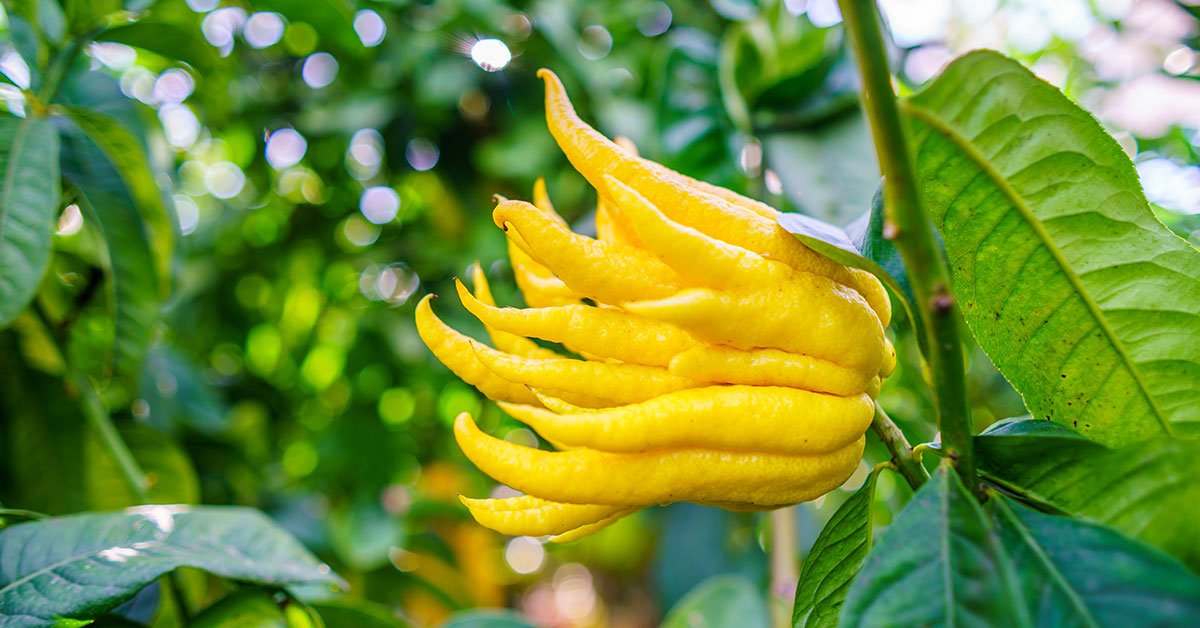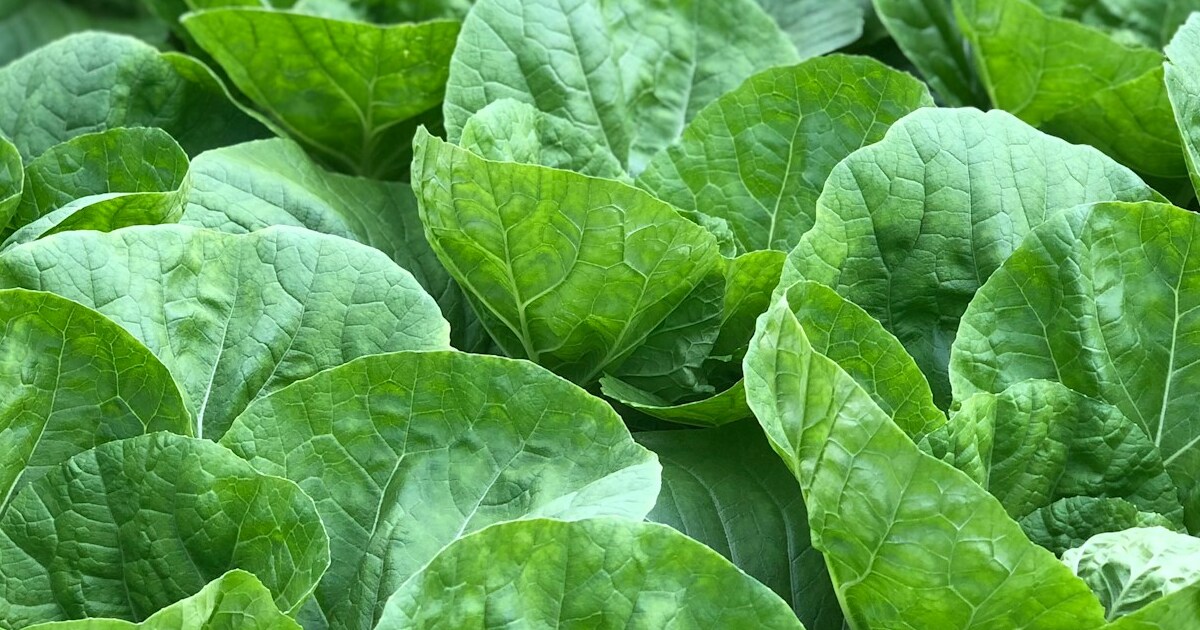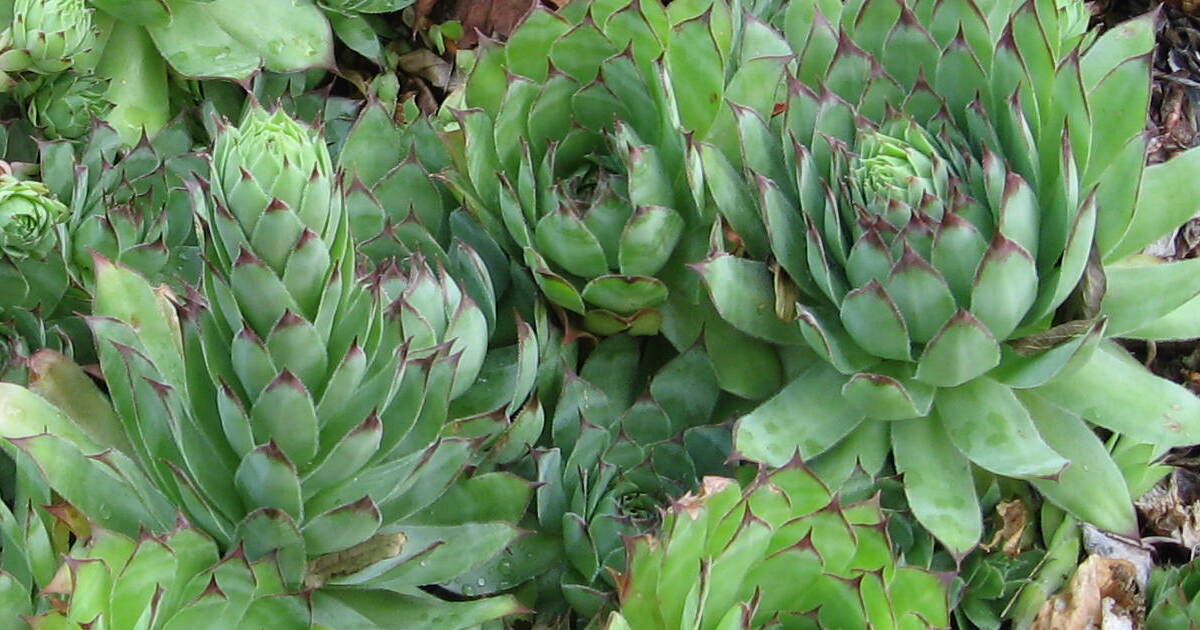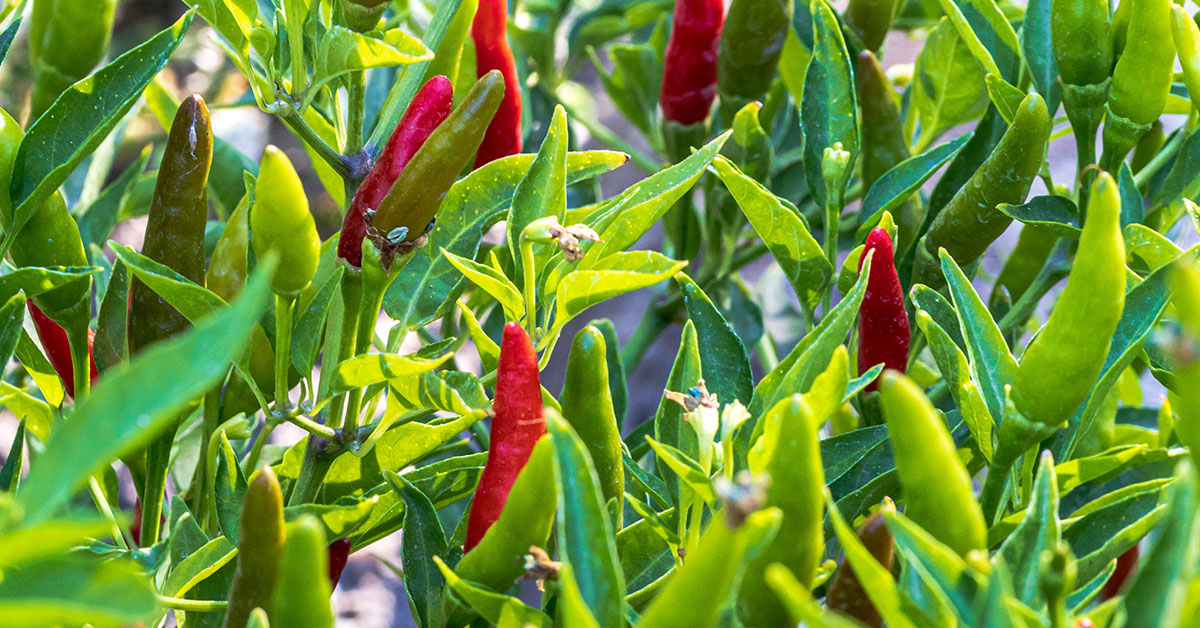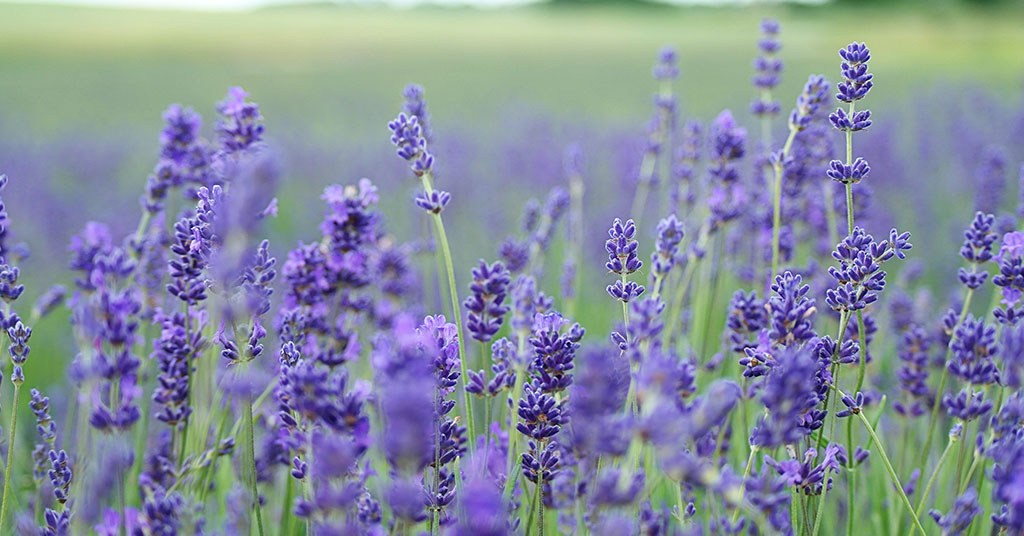Growing a Buddha’s hand tree is a rewarding experience that can bring joy to any home. The fragrant, yellow-hued citrus fruit of this tree is a delight to behold. In addition to its beauty, the Buddha’s hand is also easy to maintain and care for. With just a bit of knowledge, you can grow a healthy, vibrant tree that can produce fruit in as little as two years. We’ll cover the basics of how to grow a Buddha’s hand tree, from soil preparation as well as harvesting.
What Is A Buddha’s Hand Tree?
Buddha’s hand tree is a popular choice for many gardeners and homeowners looking to add a unique and interesting tree to their landscape. Its large, bright yellow fruits are ornamental in nature, and its fragrant yellow flowers are a pleasant addition to any garden setting. Additionally, the tree has a long history associated with Buddhism. It is believed to bring good fortune and prosperity to those who grow it. For these reasons, many people choose to grow a Buddha’s hand tree in their garden or yard.
Growing a Buddha’s Hand tree can be quite difficult for the inexperienced gardener. While it is a hardy plant that can withstand a variety of conditions, it does require special care and attention. This tree can only be successfully planted in USDA hardiness zones 10 and 11. Sometimes planting them in containers can be successful but need to be brought inside during the winter.
How To Grow Buddha’s Hand Tree
To grow a Buddha’s hand tree, start by choosing a location that has well-drained soil and plenty of sunlight. Plant the tree in a hole twice the size of its root ball and fill in the soil around it. Make sure to leave enough space for the tree to grow. Water the tree regularly and mulch around it to help retain moisture. Feed the tree every two weeks with a balanced fertilizer. Prune the tree to control its growth and shape it.
Soil should be kept moist but not soggy, and the tree should be fertilized every two weeks during the growing season. Pruning the tree is also essential, as it helps the tree produce more citrus fruits. The tree is also susceptible to pests and diseases, so it is important to monitor it regularly and take preventive measures. Additionally, the tree requires full sun and well-drained soil in order to thrive, so it is important to find the right spot for it.
Monitor The Soil
Buddha’s hand tree thrives in well-drained, fertile soil. It appreciates a slightly acidic soil pH of 6.0 to 6.5 that is rich in organic matter. To ensure the best growing conditions, a soil test should be done prior to planting and any necessary amendments, such as lime or sulfur, should be added to balance the pH. At the same time, it is important to mix in plenty of organic matter, such as compost, to create a nutrient-rich environment.
Growing Buddha’s hand tree requires careful attention to watering levels. Overwatering can result in root rot, which will cause the tree’s leaves to yellow and cause the tree to decline. On the other hand, underwatering can cause the leaves to become dry and crispy, and the tree may not produce fruit. To water your Buddha’s hand tree, check the soil and water when the top inch or two of the soil is dry. Be sure to always use a light hand when watering, as too much water can damage the roots and cause problems.
Buddha’s Hand Tree Pests And Diseases
Pests and diseases can be a major problem for a growing Buddha’s hand tree. Common pests include aphids, scale, mealybugs, and whitefly. These pests can be controlled by pruning affected branches and using insecticidal soap or horticultural oil. Diseases that can affect a Buddha’s hand tree include powdery mildew, canker, and root rot. To prevent diseases, ensure that the tree is planted in well-drained soil and is not over or underwatered. Additionally, regular pruning of dead or diseased branches and leaves can help reduce the spread of disease.
Pruning should be done in late winter before the tree begins to produce new growth. Before pruning, use sharp, clean pruners to remove any dead, diseased, or broken branches. Then, thin out the canopy to increase air circulation and light penetration. Make sure to leave at least three or four branches with healthy buds for the tree to grow from. Finally, shape the tree by removing any branches that are out of proportion or growing too close together.
How To Harvest The Fruits
Harvesting citrons from a Buddha’s hand tree is a relatively easy process. It is best to wait until the citrons have reached a yellowish color. Which is usually in the late fall or early winter. Once the citrons have ripened, you can use a ladder or step stool to reach the tree and pick the citrons. Be careful not to damage the tree or its branches when harvesting, as this can cause the tree to become diseased or die. Always wear gloves when harvesting, as the citrons can cause skin irritation. Once the citrons have been harvested, they should be washed off with a mild detergent and then stored in a cool, dry place.


